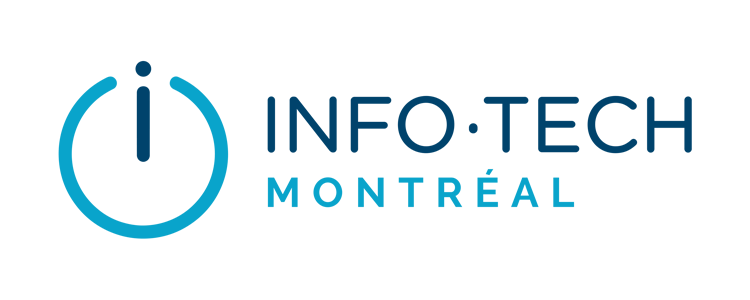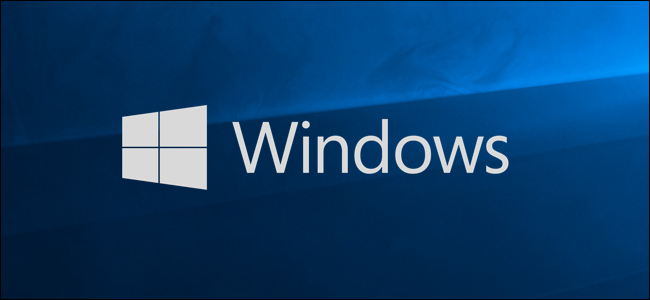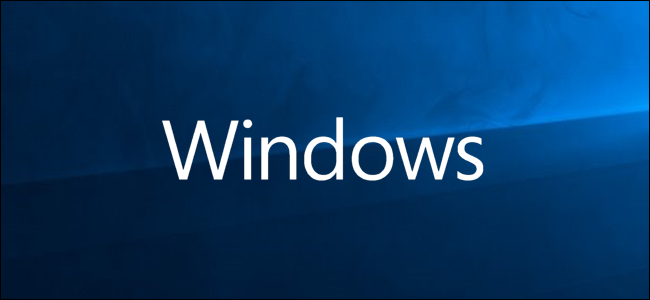Cyber Crime Stats from BroadbandSearch
10 Things to Know About Cybercrime in 2024
Cybersecurity has become a vital part of online life. At Info-Tech Montreal, an IT security company, we have seen first hand how the landscape of cyber threats continues to evolve, presenting new challenges for individuals and businesses alike. Learn about the scale and scope of these threats and use it to improve your defense. Here are ten alarming cybercrime statistics for 2024 from Broadband Search that highlight the urgency of bolstering online security measures.
1. Cybercrime Damages Predicted to Reach $10.5 Trillion Annually by 2025
A study by Cybersecurity Ventures predicts that cybercrime damages will cost the world $10.5 trillion annually by 2025. This staggering figure underscores the pervasive and escalating nature of cyber threats. It’s a clear indication that both businesses and individuals must prioritize cybersecurity to mitigate potential losses.
2. 15% Increase in Cybercrime Incidents
Cybercrime incidents have climbed by 15% year-over-year, marking a stark escalation from 2022. This increase isn’t just about the numbers; the nature of the threats themselves is changing, with tactics becoming increasingly insidious and outsmarting traditional security protocols.
3. Most Targeted Sectors
Certain sectors are more vulnerable to cyber attacks due to the high value of the data they hold. The most targeted sectors in 2024 include:
- Government and Administration: Bearing the brunt with 69% of ransomware attacks.
- Technology: Breach statistics have swelled by 80%.
- Healthcare: A 167% rise in sophisticated email attacks.
- Telecommunications: Over 4.5 billion compromised records in 2023.
- Education: Ransomware attacks surged, hitting 80% of lower and 79% of higher education institutions.
4. Ransomware Attacks on the Rise
Ransomware incidents have skyrocketed by an alarming 40% year-on-year. Attackers are now engaging in “double extortion,” threatening to publish stolen data unless additional demands are met. The average ransom demand has nearly doubled, reaching $1.54 million in 2024.
5. Phishing Attacks Remain Prevalent
Phishing attacks have evolved and now represent an alarming 36% of total cybercrimes. They target a wide range of demographics, including older generations, new internet users, high-level executives, and small business employees. The most common techniques include deceptive phishing, spear phishing, whaling, smishing (SMS phishing), and pharming.
6. Economic Impact of Cybercrimes
The economic shockwaves of cybercrime have been staggering, with global losses estimated to surpass $8 trillion. The United States alone reported losses exceeding $10 billion in 2022. These financial impacts are compounded by diminished productivity, tarnished reputations, and significant recovery costs.
7. Increase in Insider Threats
Insider threats have risen alarmingly, constituting up to 34% of all cyber incidents. These threats exploit trust and access within an organization, making them particularly pernicious. Common types of insider threats include espionage, fraud, terrorism, theft, and negligence.
8. Exploitation of Remote Work
The shift to remote work has extended corporate perimeters into the more vulnerable terrain of home networks. This has led to increased cyberattacks on home networks, with misconfigured firewalls and the use of personal devices presenting significant vulnerabilities. The data points to a critical need for enhanced cybersecurity measures tailored for remote workers.
9. Growing Use of AI in Cyberattacks
Cybercriminals are leveraging artificial intelligence to orchestrate more sophisticated attacks. AI-driven methods include deepfake phishing, AI-powered malware, automated brute-force attacks, social engineering campaigns, and supply chain attacks. This highlights the dual role of AI in both facilitating and combating cyber threats.
10. Increase in Mobile Cyberattacks
Mobile devices have become prime targets for cybercriminals. The increase in mobile cyberattacks underscores the need for robust security measures to protect against vulnerabilities in mobile devices and applications.
Strengthen Your Cybersecurity with Info-Tech Montreal
In light of these alarming statistics, it’s evident that proactive cybersecurity measures are more important than ever. At Info-Tech Montreal, we specialize in managed IT services, including comprehensive cybersecurity solutions tailored to small and medium-sized businesses. Whether you need co-managed support for your existing IT team or a complete managed services package, we have the expertise to protect your organization against evolving cyber threats. Our team of experts is dedicated to making IT simple and accessible, without the jargon.
Contact us now to schedule a consultation and take the first step towards robust cybersecurity.
For more detailed insights and statistics on cybercrime in 2024, visit the original article at BroadbandSearch.







